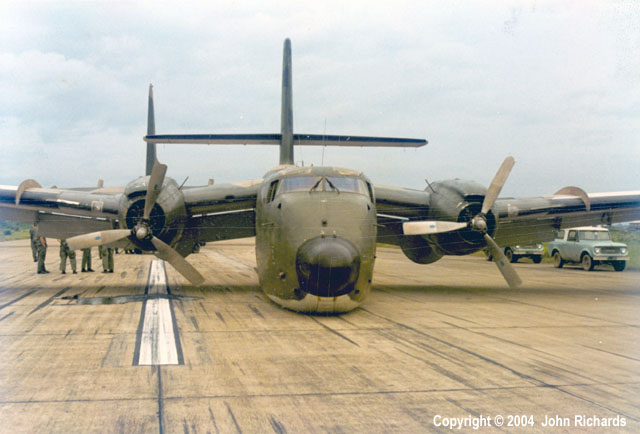Morne
Line Up and Wait
- Joined
- Sep 18, 2011
- Messages
- 699
- Display Name
Display name:
Morne
So I was flying about Thursday and stopped in to chat with the guys who will be painting my plane next month. As I taxied to depart, I noticed a sign on the taxiway saying "no run-up on taxiways". What's the best way to deal with this?
Options:
1 - If you knew about it beforehand you could've done your run-up on the ramp.
2 - Turn around and go back to the ramp for the run up.
3 - If no one else is in the pattern, announce "taking the active" and do the run up on the runway.
4 - Ignore the sign and do the run up on the taxiway anyway.
Not doing a run-up is not an option.
Thoughts?
Options:
1 - If you knew about it beforehand you could've done your run-up on the ramp.
2 - Turn around and go back to the ramp for the run up.
3 - If no one else is in the pattern, announce "taking the active" and do the run up on the runway.
4 - Ignore the sign and do the run up on the taxiway anyway.
Not doing a run-up is not an option.
Thoughts?



